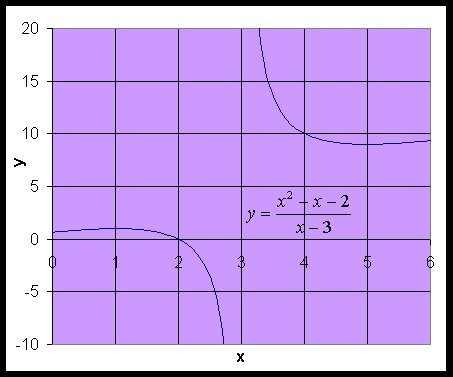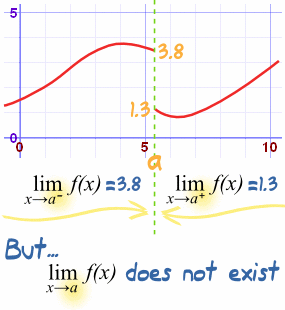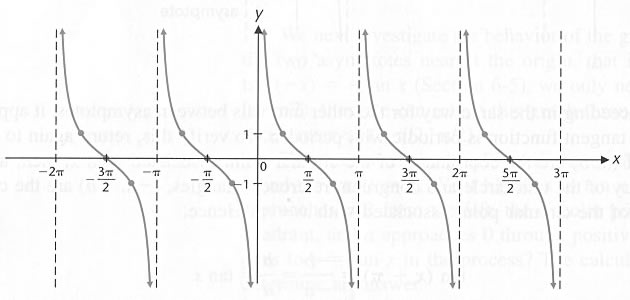Inquiry Activity Summary
The activity that we did in class demonstrated to us how special triangles are related to the unit circle. It was review of the special right triangles and the side lengths of the triangle depending on the special right triangles of 30º, 60º, 45º.
A 30º triangle has special qualities. The shortest side opposite of 30º is X. The hypotenuse is two times x and is across the 90º angle. The side across the 60º angle is x times radical three. There are rules to the 30º triangle. To simplify the three sides, the hypotenuse is set to 1. In order to get to 1, we must divide the hypotenuse by itself, making it 2x/2. Thus, r is equal to 1. Since we did it to one side, we must do it to the others. The opposite side (x) is radical 3 over two because we have x over 2x and the x's cancel out, leaving you with 1/2. With the adjacent side, you do x radical 3 over 2x. The x's cancel out leaving you with radical 3/2. When you draw it on a coordinate plane, you think of your adjacent as your x axis and opposite as your y axis.
45º Triangle!
A 45º triangle is special because there are two angles that are equivalent. That means that both of their opposite sides are the same as well. The hypotenuse is x radical 2. For a 45º, we divide the hypotenuse by x times radical 2, so the hypotenuse becomes 1. We divide x by x radical 2 to the other two sides. The x's cancel out and when you rationalize, it simplifies to radical two over two. Therefore, the y value is radical 2 over 2 because you are going up radical 2 over 2.
60º Triangle!
A 60º triangle has the same characteristics as 30º, as in the sides. Thus, we divide the hypotenuse by itself to get it to 1. Though it is similar to the 30º, the triangle's visual is different, as in the orientation. This changes the x coordinate in the adjacent side to 1/2. The opposite side length (vertical) coordinate will become radical 3 over 2 for the y coordinate.
Here is a video that clarifies how I find the sides of each triangle.
How does this activity help you derive the Unit Circle?
Once you draw a plane for the triangles, it is visible that the new triangles are in the first quadrant. This shows how the ordered pairs work in the Unit Circle. Since the hypotenuse is equal to 1, that makes the radis of the Unit Circle 1. Thus, with the origin being at (0,0), we soon see the side lengths as coordinates that we use in the Unit Circle. We also see that every quadrant in the plane looks the same, just the difference is the negative values in either x or y in II, III, and IV. But, with the triangle drawn in quadrant 1, we see that it reflects onto the other quadrants, which creates the same reference angles, which is key to completing the Unit Circle. The point at 0 degrees is (1,0), 90 degrees is (0,1), 180 degrees is (-1,0), and 270 degrees is (0, -1) because the radius is
What quadrant does the triangle drawn in this activity lie in? How do the values change if you draw the triangles in Quadrant II, III, or IV?
The triangle in this activity lies in the first quadrant. The values change from quadrant to quadrant because they share a common origin and its just a reflection of the triangle in each quadrant.
 |
| (http://01.edu-cdn.com/files/static/learningexpressllc/9781576855966/The_Unit_Circle_34.gif) |
If you reflect a 30º triangle to the 4th quadrant, you see that the for the side across the 30º angle changes. Instead of being a positive on both the x and y coordinates as seen in the first quadrant, the y value is -1/2. This is because in the fourth quadrant, the y value is always negative. Therefore, the coordinate is (radical 3 over 2, -1/2). The adjacent angle (across 60º) stays the same because it is not being affected as it reflects.
.jpg) |
| (http://02.edu-cdn.com/files/static/learningexpressllc/9781576855966/The_Unit_Circle_21.gif) |
If you reflect a 60º triangle in the third quadrant, both values are negative. As you can see, everything stays the same as in value, but it becomes negative because it is in the third quadrant. The fourth quadrant is similar, the x value is positive and the y value is negative.
45º
 |
| (http://01.edu-cdn.com/files/static/learningexpressllc/9781576855966/The_Unit_Circle_45.gif) |
If you reflect a 45º triangle to the second quadrant, the coordinates remain the same. The only difference is that the x value is negative. This is because the second quadrant always contains a negative x value.
INQUIRY ACTIVITY REFLECTION
The coolest thing I learned from this activity was that the Unit Circle is not just memorization, but there is a meaning behind it all which makes everything so much simpler.
This activity will help me in this unit because last year in Algebra II I didn't understand the unit circle and I struggled a lot, mainly because I didn't understand the triangles. Now, I can solve the unit circle because I know why it works the way it does!
- Something I never realized before about special right triangles and the unit circle is that THEY ARE RELATED! It helps so much because now I don't have to convert degrees to radians!
(p.s.) Sorry for the white background shadowing for the words, I don't know how to fix it! If you could teach me during class one day it would be great!)
References:
1. (http://01.edu-cdn.com/files/static/learningexpressllc/9781576855966/The_Unit_Circle_34.gif)
2. (http://02.edu-cdn.com/files/static/learningexpressllc/9781576855966/The_Unit_Circle_21.gif)
3. (http://01.edu-cdn.com/files/static/learningexpressllc/9781576855966/The_Unit_Circle_45.gif)



.jpeg)



.jpeg)
























.jpeg)



.jpg)

